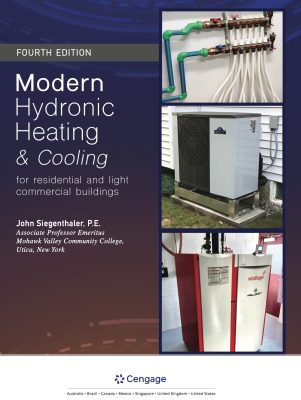Trends in nonresidential construction: Efficiency, sustainability

To provide an overview of the changes expected in building design over the next decade, the American Institute of Architects surveyed nationally leading architects for their perspectives.
“Emerging technologies are becoming the dominant force in how buildings are being designed,” said AIA Chief Economist Kermit Baker, Hon. AIA, PhD. “Buildings in their own right are becoming far more energy efficient, and certain technologies are increasing both the efficiency of the people using the buildings and the project delivery methods in which buildings are being designed and constructed.”
Top nonresidential design trends for the next 10 years:
• Water conservation, solar and wind power generation will become more prevalent over the next decade.
• Architects will specify more innovative building materials such as composites and new glass/glazing technologies to allow for expanded design options.
• Increased use of natural daylighting techniques and of lighting technology systems, including automation controls and motion-sensor activated lights.
• Building information modeling software use will grow substantially, along with alternative project delivery methods and lean construction practices that will increase the efficiency of the building design process and throughout the lifecycle of the building.
Looking for a reprint of this article?
From high-res PDFs to custom plaques, order your copy today!









